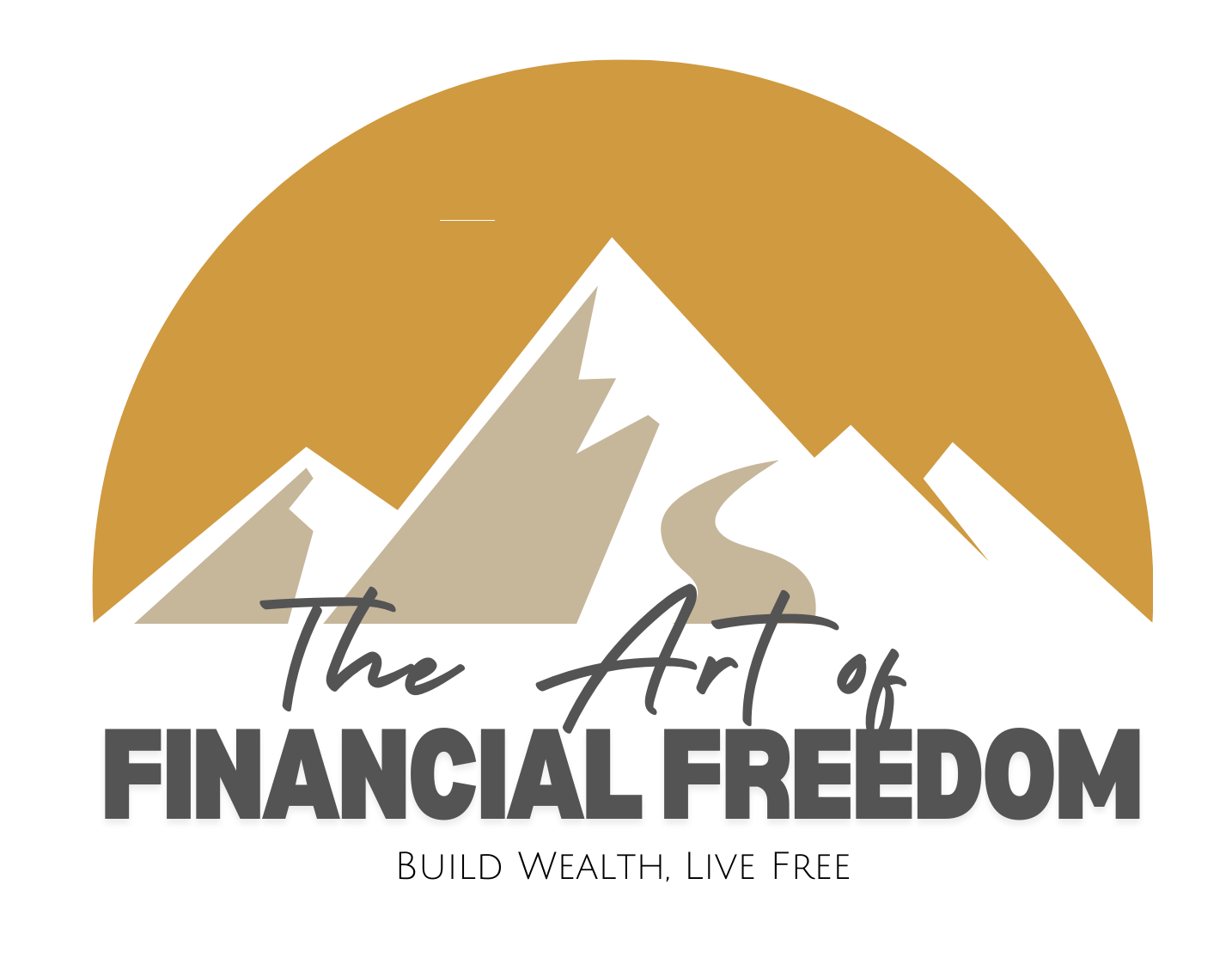Breaking the Paycheck-to-Paycheck Cycle
Strategies to Stretch Your Money, Build Savings, and Regain Control Over Your Monthly Cash Flow
In today’s economy, where uncertainty often looms large, financial freedom remains elusive for many. The constraints of living paycheck-to-paycheck can significantly limit personal freedom, making it difficult for individuals to make choices that could lead to a better life. Financial pressures can lead to stress, anxiety, and a reduced quality of life. For example, constant worry about paying bills on time, the inability to handle unexpected expenses like medical emergencies, or the sheer impossibility of planning a family vacation can weigh heavily on one’s mental and emotional well-being. However, taking control of your finances can be the first step towards breaking free from these constraints, leading to a sense of liberation and empowerment. By managing your finances effectively, you not only mitigate stress but also open up new possibilities that were previously unattainable. This guide aims to provide you with practical steps to stretch your money, build savings, and ultimately regain control over your monthly cash flow, paving the way towards true financial freedom.
Create a Detailed Budget
The first step to breaking the paycheck-to-paycheck cycle is knowing exactly where your money goes. Create a detailed budget that accounts for all your income and expenses. Use categories like housing, utilities, groceries, transportation, and personal expenses. Track every dollar to identify areas where you can cut back. Use the excel template on my website, or a service like Rocket Money, to track where your money goes and get control of your spending.
Cut Unnecessary Expenses
Once you have a clear picture of your spending, identify non-essential expenses that you can reduce or eliminate. This might include dining out, subscription services, or impulse purchases. Even small cuts can add up to significant savings over time. Redirect these savings into a separate savings account to avoid the temptation to spend it.
Prioritize High-Interest Debt
High-interest debt, such as credit card balances, can quickly consume your available cash through hefty interest charges. Prioritize paying off these debts by allocating extra funds to them before addressing lower-interest debts. Consider methods like the debt snowball (paying off debts from smallest to largest) or the debt avalanche (targeting debts with the highest interest rates first) to efficiently manage and eliminate debt.
Automate Your Savings
Automating your savings can help you build a financial cushion without having to think about it. Set up automatic transfers from your checking account to a savings account each payday. Start small, even if it’s just $50 per month. Over time, increase the amount as you adjust to your new budget. This 'pay yourself first' approach ensures that you consistently build your savings.
Find Ways to Increase Your Income
If cutting expenses isn’t enough, look for ways to increase your income. This could involve asking for a raise, seeking a higher-paying job, or starting a side hustle. Extra income can be directed into savings or used to pay down debt more quickly, helping to break the cycle of living paycheck-to-paycheck.
Use Financial Tools and Resources
Take advantage of financial tools and resources that can help you manage your money more effectively. This includes budgeting tools, financial planning services, and educational resources that can provide guidance and support as you work to improve your financial situation.
Set Financial Goals
Setting short-term and long-term financial goals gives you something concrete to work towards. Whether it’s saving for an emergency fund, a vacation, or retirement, having clear goals can motivate you to stick to your budget and make financial decisions that align with your objectives.
Review and Adjust Regularly
Your financial situation can change, so it’s important to review and adjust your budget regularly. Every few months, revisit your budget, spending habits, and financial goals. This ongoing process will help you stay on track and make necessary adjustments to continue progressing toward financial freedom.
Statistical Insight
Recent studies and data provide a stark insight into how pervasive living paycheck-to-paycheck has become. Nearly half of Americans self-report living this way, underscoring the stress and precariousness of their financial situations. However, a detailed examination of financial behaviors, like those from Bank of America, reveals that approximately 25% of households truly fall under this category, often due to high necessity spending relative to their income.
In conclusion, taking control of your finances is the first step towards financial freedom. If you’re looking for personalized advice or coaching to help manage your budget, build savings, or simply get your finances in order, don’t hesitate to reach out. Together, we can develop a plan tailored to your needs, helping you achieve the financial freedom you deserve.
